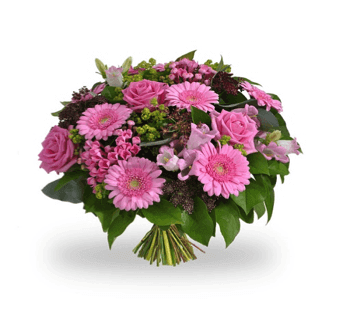You have no items in your shopping cart.
6 Principles of Floral Design: For Creating Gorgeous Flower Arrangements
This entry was posted on July 3, 2018.
Principles of Floral Design :
Flower arrangement represents the artistic and creative talent of florists. Though selecting and arranging different flowers and foliage appears simple, it needs ingenious ideas and methods. It is an art that requires creativity and principles of floral design to be followed in order to create eye-catching and pleasing floral arrangements. Here are those 6 principles of floral design.
Proportion
Every element from blooms to foliage, accessories, and container used in flower arrangement has to be in proportion. The height and width of the flower arrangement must be relative to each other. This means grouping of large flowers should match with relative to grouping of small elements. A pleasing proportion is one when the centrepiece is twice the width and one-and-half times the height of the container. Only then physical balance in flower arrangement can be achieved.



Physical and Visual Balance
Any flower arrangement has to appear physically and visually balanced. The weight and arrangement of materials are referred to physical balance. The distribution and weight of flowers and foliage have to be matched. To balance both these elements, a container of right size must be used. When the elements are able to stand upright after filling the container with water, flower arrangement can achieve physical balance.
A flower design will appear visually balanced when these three - symmetrical, asymmetrical, or open balance is maintained.
A) Symmetrical balance is when an equal number of elements are used in floral design.
B) Asymmetrical balance is when the distribution of materials is unequal. This type of floral arrangement is informal and modern.
C) Open balance is when the floral design is neither symmetrical nor asymmetrical. This type of flower arrangement is unique and mostly consists of parallel groupings of flowers.
Focal Point
Any type of flower arrangement must have a focal point to attract attention. It is generally placed at the lower portion in the center and few inches above the container. Placing large and bright flowers at the center can attract attention and also limit the width of the container.



Rhythm
Rhythm in flower arrangement refers to the motion and swing or the visual path that guides the eyes towards the focal point and then to the rest of arrangement. It can be achieved with repetitive shapes, and colors of components, or the change in texture, color, and weight. Rhythm is also obtained with an unbroken line of flowers, twigs, and stems.
Contrast
In this principle of floral design, florists use different shades and texture of blooms and place them together. Sometimes, pressing or emphasizing on differences helps in stimulating interest. However, contrast should be used sparingly since too much can divide attention.
Harmony
Harmony is the unity in flower arrangement. It is obtained by using design components that are similar in size, shape, color, and texture. Combining materials that blend well with each other helps in achieving the purpose of design is called harmony.
You can use these 6 principles of floral design and create gorgeous flower arrangements for any occasion. Unleash your creative talent and become the best florist in Pune to start your floral design business.
















